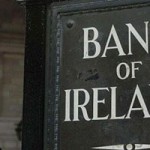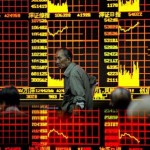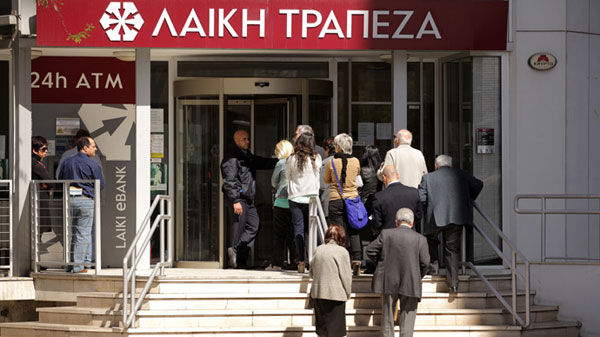Banking – After the devastating Sub-Prime Crisis, which has cost the world trillions of dollars’ worth of lost economic growth, destroyed millions of jobs and businesses, and burdened taxpayers with huge state debts that continue to mount, you would expect implementation of radical reforms to prevent such a crisis from happening again.
Extraordinarily, it hasn’t happened
Almost all those who caused the crisis not only escaped punishment; some have even been handsomely rewarded. The mega-banks are bigger and more powerful than ever. The politicians who facilitated and encouraged the debt bubble of consumers now do the same for a new debt bubble, of governments. The regulators who completely failed to use their powers to fend off disaster have been given even more powers.
The guilty are rewarded. The innocents such as the thrifty suffer. And the stage is set for another, probably even worse, financial crisis, within a decade or three.
How is this possible?
Because, US academics Charles Calomiris and Stephen Haber explain in a new book*, it’s a waste of time looking for people to blame. The problem is a financial system that’s inherently dangerous because it fosters increasingly irresponsible behaviour. Yet it’s a system the world’s political classes are making no serious effort to reform – because that would be so damaging to their own interests.
It’s a system of incestuous relationships between bankers and politicians that Calomiris and Haber call “the game of bank bargains.”
A nation’s most powerful private financiers negotiate a complex deal with coalitions of the most powerful political forces. The bankers provide the resources to fund the politicians’ objectives, receiving in exchange the benefits of state support they need to shield them from risk, and allow them to maximize their profits.
Taxpayers and others left out of the deal pay the costs. Eventually, those can be enormous. The system encourages both the banks and the dominant political forces to become ever-riskier in their behaviour. The bubble of high-risk assets and unsound debt inflates till it bursts.
In the US, the “bargain” that produced the Sub-prime Crisis came from the emergence of a political coalition of activist groups for the poor and racial minorities and their political sponsors, and liberalization of legal restraints on banking.
The latter opened up opportunities for big banks to become much bigger, more profitable and richer through expansion, particularly mergers and takeovers. But to do that required political support.
Leftish activists were keen to help. Their price was commitment by banks to provide vast amounts of credit to poor borrowers.
To make it possible for the banks to fund that, the activists lobbied for weaker underwriting standards at the huge government-sponsored enterprises (GSEs) that insure mortgage loans. The politicians obliged, not being willing to appear hardhearted and cruel.
Congress set increasingly tough targets requiring banks to lend to poor and low-income borrowers. To meet those targets, the banks had to lower their lending standards.
Calomiris and Haber report: “In 1990 a mortgage applicant needed a 20 percent down payment, a good credit rating, and a stable, verifiable employment and income history in order to obtain a low-risk, ten-year fixed-rate mortgage, but by 2003 she could obtain a high-risk, negatively amortizing adjustable-rate mortgage by offering only a 3 percent down payment and simply stating her income and employment history, with no independent verification.”
But “those weaker standards were applicable to everyone seeking a loan.” Millions of American families, not just the urban poor, leveraged up, buying bigger and nicer properties. They couldn’t really afford the loans, but it didn’t matter while house prices continue to climb, as they could always sell out at a profit.
The banks found they could lower their lending standards as they could pass much of the risk on to others, both the state-backed insurers and institutional investors who bought packages of securities that included chunks of “sub-prime” loans. As the business expanded, so did banks’ profits, and the easier it became to attract the funds to grow.
copyright: Martin Spring of OnTarget







